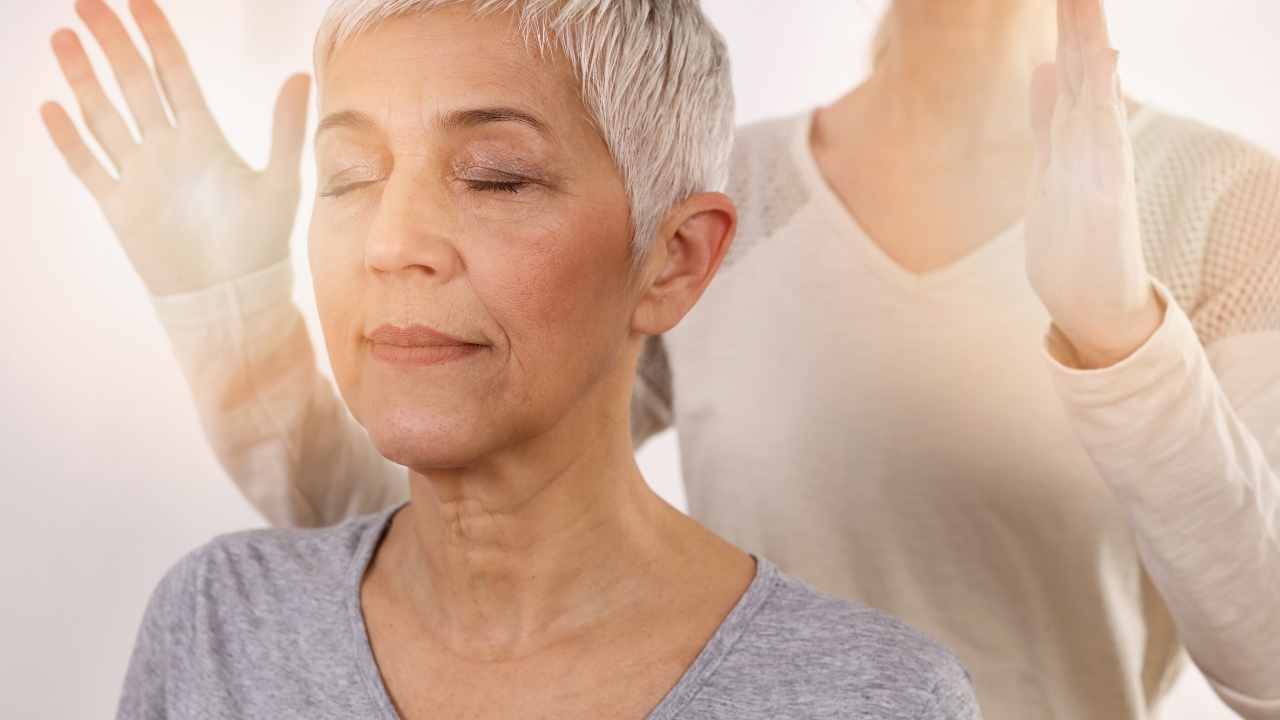
A sound bath is a type of therapeutic bath that uses different sounds to cleanse the mind and body. A soundbath is not the same thing as a soothing bubble bath. Sound therapy baths are made with various sounds, which have different frequencies, vibrations and ambiance. These sounds can be used for relaxation and mind-body harmony. You will hear different rhythms and tones of various instruments during a sound session.
These baths offer many benefits to the mind and body. The different sounds create a relaxing and calming environment. Sonic vibrations can be heard from the singing bowls used to create sound baths. These sonic sounds help the nervous systems tune into their natural rhythms. These tools are able to help the psyche rebalance during a sound-bath. A sound bath, unlike traditional baths that require nudity, is easy to enjoy by both beginners and professionals.

In addition to relaxing, sound baths can improve a person's health and well-being. Many participants report experiencing physical and mental sensations, including a deep sense of relaxation. Some people report experiencing creative "aha!" moments and crying. Some people feel better after taking a soundbath. The sound therapy session can be more beneficial if you sit with other participants than if you are at home alone.
A group setting is the best place to practice a sound bath. It can be held at yoga studios and wellness centers. To experience a sound bath, you should dress in layers and dim the lights. The session can make you feel happy or sad. You may even cry. You can even cry. It's important to be aware of what is happening inside your body during a sound bath, because deep-rooted emotions can come out in a moment's time.
A sound bath can be described as an experience that incorporates non-Western music, movement, and meditation. Participants are encouraged to lay down on a mat during a sound bath. The practitioner may also play instruments such as tuning forks or chimes during the session. A sound bath can be very relaxing, but it can also provide powerful sound healing.

It is important to stay awake when you take a sound bath. You must be alert and aware of what is happening around you. Otherwise, you may fall asleep. In person sound baths are the most common and effective, but you can also take a sound bath on your own with the help of a meditation app. A YouTube video or audio recording can be downloaded for a more intimate experience. The length of a sound bath will depend on where you take it and what kind of instruments are used. A longer session may last for hours, while a shorter session can last 45 to 90 minutes.
FAQ
What are the top 10 healthy habits?
-
Eat breakfast every day.
-
Don't skip meals.
-
Maintain a balanced diet.
-
Get plenty of water.
-
Take care your body.
-
Get enough sleep.
-
Avoid junk food.
-
Do some exercise every day.
-
Have fun
-
Make new friends
Get immune enhancement with herbs and supplements
Herbs and natural remedies can be used to boost immune function. Ginger, garlic, ginger, echinacea and ginkgo biloba are some of the most common.
These herbal remedies are not meant to replace medical treatment. Side effects may include nausea, diarrhea, stomach cramps (dizziness), headaches, dizziness and stomach cramps.
What is the difference of fat and sugar?
Fat is an energy source that comes from food. Sugar is naturally found in fruits and veggies. Both sugars and fats have the same calories. But fats are twice as calories as sugars.
Fats are stored within the body and can contribute to obesity. They can lead to cholesterol buildup in the arteries, which could cause heart attacks or strokes.
Sugars can be quickly absorbed by your body and give you instant energy. This causes blood glucose to rise. High blood glucose levels can lead to type II diabetes.
Statistics
- This article received 11 testimonials and 86% of readers who voted found it helpful, earning it our reader-approved status. (wikihow.com)
- In both adults and children, the intake of free sugars should be reduced to less than 10% of total energy intake. (who.int)
- According to the 2020 Dietary Guidelines for Americans, a balanced diet high in fruits and vegetables, lean protein, low-fat dairy and whole grains is needed for optimal energy. (mayoclinichealthsystem.org)
- The Dietary Guidelines for Americans recommend keeping added sugar intake below 10% of your daily calorie intake, while the World Health Organization recommends slashing added sugars to 5% or less of your daily calories for optimal health (59Trusted (healthline.com)
External Links
How To
What does the meaning of "vitamin?"
Vitamins are organic compounds that can be found in foods. Vitamins are essential for our bodies to absorb nutrients from the foods we eat. Vitamins are not made by the body, so they must be obtained through food.
Two types of vitamins exist: water-soluble vitamin and fat-soluble vitamin. Water-soluble vitamins dissolve in water easily. These include vitamin C (thiamine), Vitamin B1 (riboflavin), Vitamin B2 (riboflavin), Vitamin B3 (niacin), Vitamin B6 (pyridoxine), Vitamin C, B1 (thiamine), Vitamin B2 (riboflavin), Vitamin B3 (niacin), and Vitamin B6 (pyridoxine). Fat-soluble vitamins can be stored in the liver or in fatty tissue. Examples include vitamin D, E, K, A, and beta carotene.
Vitamins can be classified by their biological activity. There are eight major categories of vitamins.
-
A - Essential for healthy growth and health maintenance.
-
C - vital for proper nerve function, and energy production.
-
D – Essential for healthy teeth, bones and joints
-
E is necessary for good vision, reproduction.
-
K - required for healthy muscles and nerves.
-
P - Essential for strong bones and teeth.
-
Q - Aids in digestion and absorption.
-
R – Required for the formation of red blood vessels.
The recommended daily intake (RDA), of vitamins varies with age, gender and physical condition. RDA values are set by the U.S. Food and Drug Administration (FDA).
For adults over 19, the RDA for vitaminA is 400 micrograms per daily. Pregnant women require 600 micrograms daily to support fetal development. Children ages 1-8 require 900 micrograms per day. For infants younger than one year, 700 micrograms are required daily. However, this number drops to 500 micrograms each day for children aged 9-12 months.
Children aged between 1-18 years require 800 micrograms of sugar per day, while overweight children need 1000 micrograms. Children who are underweight receive 1200 micrograms every day to meet their nutritional requirements.
2200 mg of vitamin A per day is required for children aged 4-8 who have been diagnosed by anemia.
2000 micrograms are required daily for good health in adults over 50. Because of their higher nutrient needs, women who are pregnant or nursing need 3000 mg per day.
1500 micrograms are required daily by adults over 70 because they lose approximately 10% of their muscle each decade.
Women who are pregnant and lactating need more nutrients than the RDA. Pregnant mothers need 4000 micrograms per daily during pregnancy and 2500 after giving birth. Breastfeeding moms need 5000 micrograms each day when breastmilk production occurs.